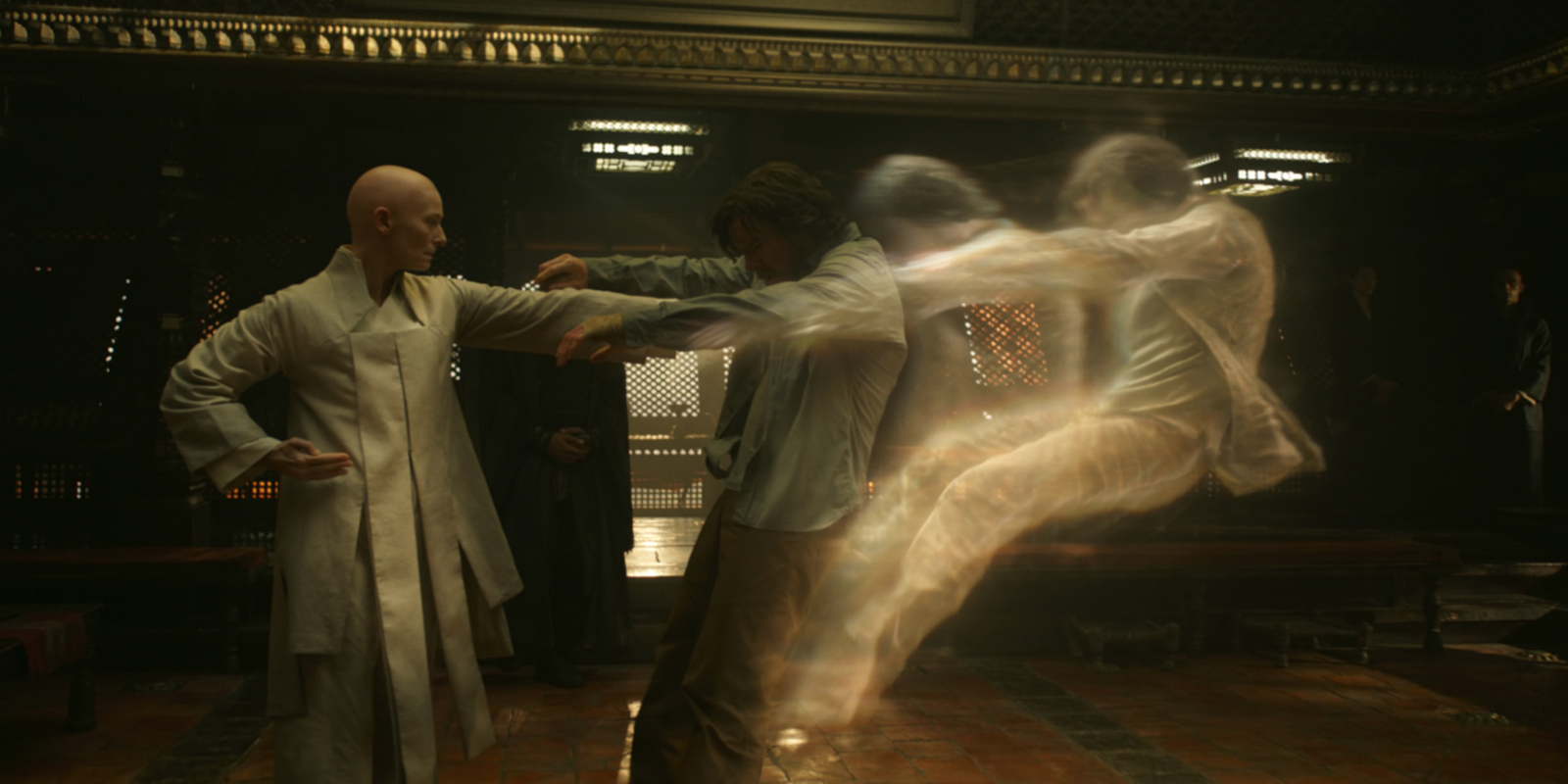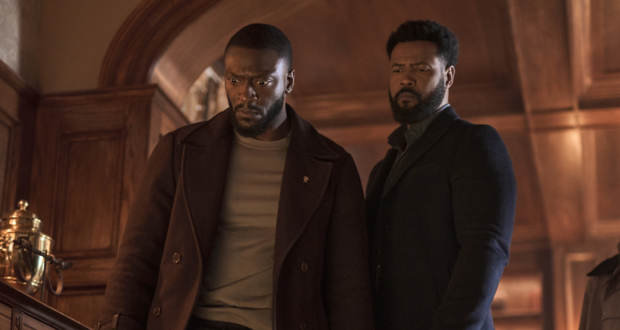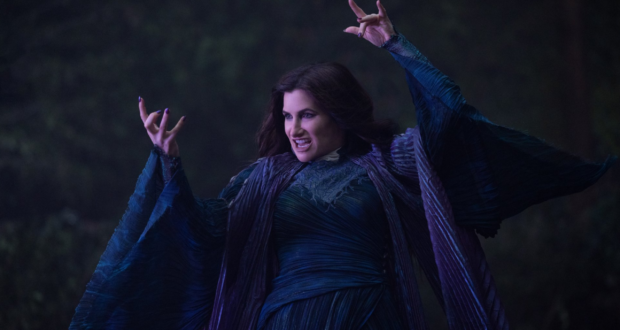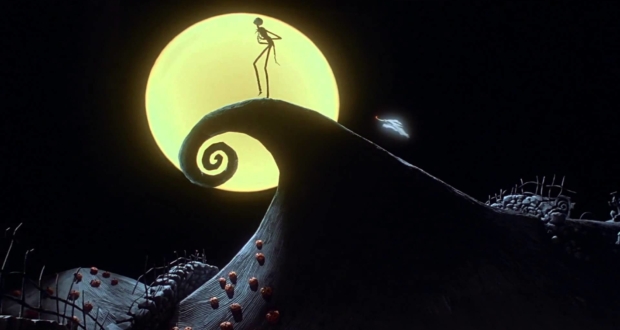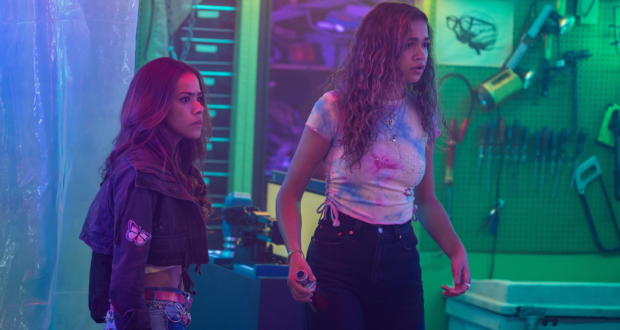Visual effects (VFX) has revolutionized the film and TV industry ever since its inception. Today, it allows filmmakers and producers to tell powerful stories by digitally creating realistic and enhanced imagery. You can easily see the magic of VFX in popular TV shows or talked about in top movie reviews, such as Avatar, Lord of the Rings Trilogy and Avengers. This shows that VFX has left an indelible mark in TV production, and over the years, has significantly transformed storytelling. This guide will look at everything you need to know about VFX, including its history. But before diving in, let’s first look at what visual effects are.
What Are Visual Effects?
Visual effects are the process of digitally enhancing shots to create realistic imagery. It’s done post-production by manipulating real-world footage filmed on a video camera to create environments that look real. Normally, VFX combines video camera footage with CG elements to give shots a realistic look and feel. A great example is adding fluid simulations such as smoke in a fire scene. The film and TV industry relies heavily on visual design to create environments that would otherwise be too dangerous, impractical, expensive, impossible and time-consuming to capture on film.
The History Of Effects
The first form of special effects can be traced back to 1857 when Oscar Rejlander performed compositing on images and spliced them together to make a realistic sequence of events. Fast forward to 1895, Alfred Clark created the first-ever motion picture special effect to stimulate the execution of Mary, Queen of Scots. As of VFX, the earliest use in the film and TV industry can be traced back to the early 1900s. The best VFX movies like King Kong and Snow White and the Seven Dwarfs are just two examples of the finest VFX techniques during this time. By the 90s, the film industry was using CGI (computer-generated imagery) like that seen in Jurassic Park and Terminator, and has ever since gone on to create outstanding masterpieces in the film and TV business.
Visual Effects In Modern Times
Today, it’s quite easy for filmmakers to digitally enhance live-video footage, thanks to technological advancements. With software tools like Adobe, filmmakers can shoot entire movies using blue and green screens, prosthetics and practical effects, creating powerful and compelling stories. For instance, 2019’s Avengers: Endgame was almost entirely made up of VFX, including the war-torn battlefields and the chaotic fights. These impossible scenes were filmed mainly using green screens, allowing actors to focus on acting and making the film look more realistic.
Careers In The VFX Industry
There are a great number of careers in the VFX industry, which all contribute towards the astonishing movies and television shows with visual effects that we see today. Some of the most common roles in creating VFX include:
- Production management department: Production manager, VFX editor, production coordinator and data input/output technician
- Pre-production department: Concept artist, pre-visualisation (previs) artist
- Onset department: Data capture technician, VFX supervisor
- CG department: Animator, CG supervisor, environment artist, layout artist, lighting artist, matchmove artist and modelling artist
- Technical department: Effects technical director, pipeline technical director, software developer, assistant technical director and rigging technical director
- Compositing department: Compositor, compositing supervisor, prep artist and roto artist
A Guide To The Different Types Of VFX
There are a great range of VFX techniques that make up the movies and television shows we love today, with the three most common being computer generated imagery (CGI), compositing and green screen, and motion capture. Here is just a small insight into the three types which contribute to the masterpieces of VFX pieces today.
- Computer Generated Imagery (CGI)
Integrating CGI elements with live video footage is the most common form of visual design. It involves using 2D/3D modelling objects that are digitised into a computer to create realistic imagery. Some great examples of computer-animated films include the Transformers, Toy Story and Star Wars.
- Compositing & Green Screen VFX
Compositing combines multiple images into one to create realistic imagery. Normally, live-action footage is shot in front of a blue or green screen, allowing filmmakers to replace the solid background colour with a new image. Oz the Great and Powerful and Alice in Wonderland are examples of movies shot entirely on a green screen.
- Motion Capture VFX
Motion capture VFX combines CGI with live-action footage to enhance and modify imagery. In other terms, an actor’s body movement and facial expressions are filmed and then digitally enhanced to make more realistic animation- the film Rise of the Planet of the Apes uses this VFX technique exquisitely.
